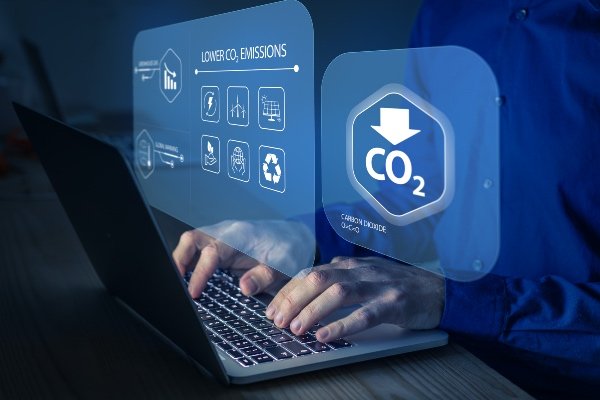This article first appeared in our Earth Day issue of My Green Pod Magazine, published 22 April 2024. Click here to subscribe to our digital edition and get each issue delivered straight to your inbox
3% of the world’s greenhouse gas (GHG) emissions are created by the production and use of information technology.
Research shows that this impact can be reduced by at least a third using very simple steps, such as buying computers with a low carbon footprint and keeping them for longer.
This month Px3, which specialises in IT carbon footprints, launched two free online tools to help people and organisations all over the world to calculate, compare and change their IT carbon footprint.
The free sustainable IT strategy apps complement Px3’s existing Estimate app, which enables users to calculate the carbon footprint of their personal computers.
Each app allows users to model different strategies based on existing computers to see which works best for them.
Both support the uptake of low-carbon devices and the circular economy, focusing on the reuse and regeneration of products to promote computing activities in a sustainable and environmentally friendly way.
Switching to Chrome OS
The first online tool is the result of several years’ research, conducted by Px3, into the environmental benefits of Google operating systems ChromeOS and ChromeOS Flex. Unsurprisingly, it’s called the Px3 ChromeOS application.
The tool has two key functions; first of all, it shows how computer GHG emissions, electricity use and costs can be reduced by considering low carbon footprint Chromebooks and Chromeboxes the next time users think about replacing Windows or MacOS devices.
The second feature of the tool is that it helps users to calculate the carbon footprint and cost reductions achieved by transforming existing Windows and MacOS computers to ChromeOS devices with ChromeOS Flex, instead of buying new devices.
This strategy is particularly popular in light of reports suggesting as many as 400 million devices may become inoperable when Microsoft ends Windows 10 support this year.
Research shows there are significant benefits to transforming existing devices with ChromeOS Flex; the Strawberry Group recently reduced ICT GHG emissions by 1.5 million kgCO2e and saved over £5 million in procurement costs by doing exactly this.
 Play Video about This Rock Might Just Save The World
Play Video about This Rock Might Just Save The World Play Video about Play 2 hours of rock
Play Video about Play 2 hours of rock Play Video about Play 2 hours of brook
Play Video about Play 2 hours of brook Play Video about Play 2 hours of sheep
Play Video about Play 2 hours of sheep














































